Example:

It is obvious that an optocoupler which provides a pin for the base of the internal transistor (e.g.; PS2621) cannot be in a 4-pin device. My question is not about this kind of optocouplers. But, an optocoupler which gives out only the collector and emitter pins (e.g.; PS2622) can be implemented in a 4-pin device. Yet in electronics, it is important to make the smallest possible design to save space and material cost. Why are 6-pin optocouplers so common in the market? Is there a reason for putting them in 6-pin packages?